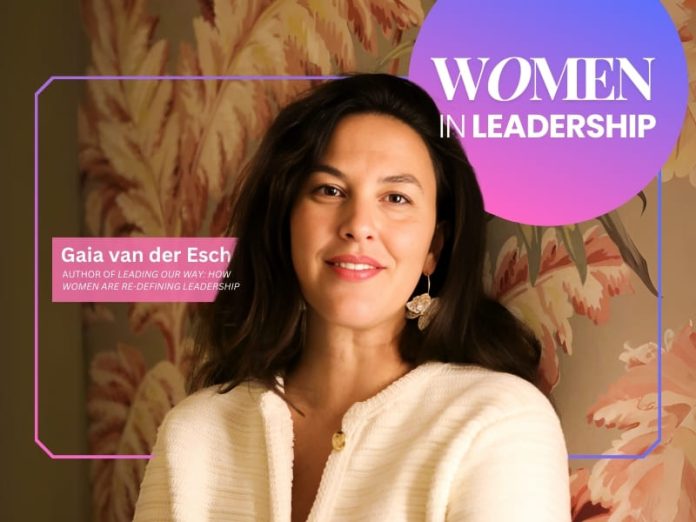By Gaia van der Esch
Out of the 193 Member States of the United Nations, only 28 are led by female Presidents or Prime Ministers. Giorgia Meloni, currently serving as Italy’s Prime Minister, is amongst these few female leaders, as well as the only female Head of State amongst G7 countries – making her one of the most powerful women in the world.
A seasoned career politician, Meloni was stuck at the margins of Italian politics until a few years ago. A Member of Parliament, a minor ally to former Prime Minister Berlusconi, then a co-founder of a small right-wing party with neofascist roots, she succeeded in an impressive manoeuvre of elevating her profile, gaining power and maintaining it with strong approval rates – which are a hard win in a country like Italy.
But not only did she succeed in consolidating her power at home, Meloni also managed to gain respectability on the international stage, which is something that eluded most far right leaders until this date – in most cases seen as too extreme to engage with. Joe Biden received her with open arms in Washington D.C., the G7 welcomed her leadership, and the European Union seems increasingly dependent on Meloni’s party and influence – translating into a shift of the EU towards the far-right.
Taking a step back from Meloni’s political and ideological positions, it is undeniable that reaching these milestones, while carefully crafting her personal image and re-positioning it on the national and international scene, is a testament to Meloni’s capacity to understand, shape and manage power.
There are a number of traits which Meloni has learned to master over time, underpinning her effectiveness as a leader. Traits which open a timely reflection on what leadership looks and acts like.
To name a few, Meloni is a charismatic and assertive communicator, capable of conveying messages with clarity and passion, engaging her audiences and connecting with her supporters. For worse and for better, she is an adaptable and strategic leader who adjusts her rhetoric and strategies based on changing political realities and evolving populists sentiments. Meloni has shown over time ample strength and resilience, in navigating setbacks and challenges in her political career and personal life, which she leveraged – in parallel – to appear approachable and authentic towards her base. Lastly, she is a decisive leader: in numerous occasions Meloni showed her determination to make quick and clear decisions, and she has been firm in standing by her “cultural wars” and principles, such as immigration, national identity and the traditional family prototype – despite, though, not abiding to them in her personal life given she is a single (and unmarried) mother.
Assertiveness, decisiveness, strength, power over rather than power with people. The traits that Giorgia Meloni embodies are the traits that have characterised leadership for the past decades. Traits which have been defined for and by men, simply because they were the ones holding the power. It’s no coincidence that, once elected as the first ever female Prime Minister of Italy, Meloni clarified she wanted to be called with the masculine pronoun (i.e. “Il Presidente”) and not with the female one (“la Presidente”): to be taken seriously, many women decide to adhere to the masculine standards, nomenclature and rules of the leadership game. A choice which goes well beyond words, as through her conservative policies Meloni is protecting and projecting a vision of society centred around traditional values and roles.
This stark adherence to – and, in some cases, extremization of – traditional leadership traits and models, portrayed by Meloni but also portrayed by other female leaders in top-level positions, is not surprising. Those arriving late to the leadership game, because of barriers that held them back for centuries, including women, are expected to play by the existing set of rules and portray the existing set of leadership skills if they hope to emerge and advance to top-level positions.
Opening two questions. Firstly, if this is the only way to progress up the career ladder. Secondly, if “more of the old-style” is really the leadership our world needs right now.
As I was interviewing iconic female leaders – from the climate change negotiations to the football field, from the fashion world to the science lab – for “Leading Our Way”, I noted they shared a common experience. While they all felt the same pressure of adhering to a dominant leadership style, these leaders managed to find the courage and the means to break the mould and redefine the rules of the leadership game. They did so by bringing empathy rather than strength to the table, by choosing collaboration over competitiveness, and by choosing power with rather than power over people. By bringing this revised set of traits to the table, not only did they become more effective in delivering results, but they also became trailblazers capable of driving the change our world needs today as we face multiple crises.
The leadership of Giorgia Meloni is a symbolic case study of how hard and rare it is for women to rise to the top, but also of under how much pressure female leaders feel to adhere to dominant leadership models. Another way to rise to the top and to lead is not only possible but extremely needed. A way which might be harder, as it takes even more courage, even more resilience, and probably even more set-backs to challenge rather than protect the status quo, but which alone can redefine what leadership looks and acts like, opening the doors to new leadership traits and models for us and for the generations of leaders to come.



































